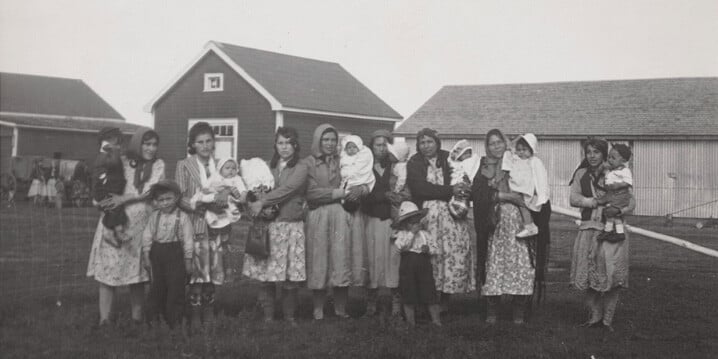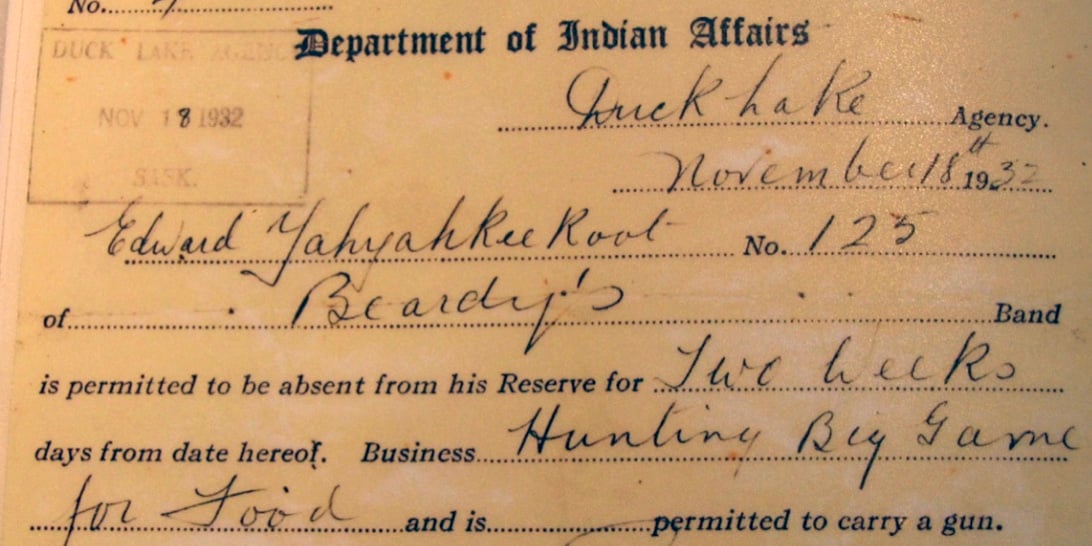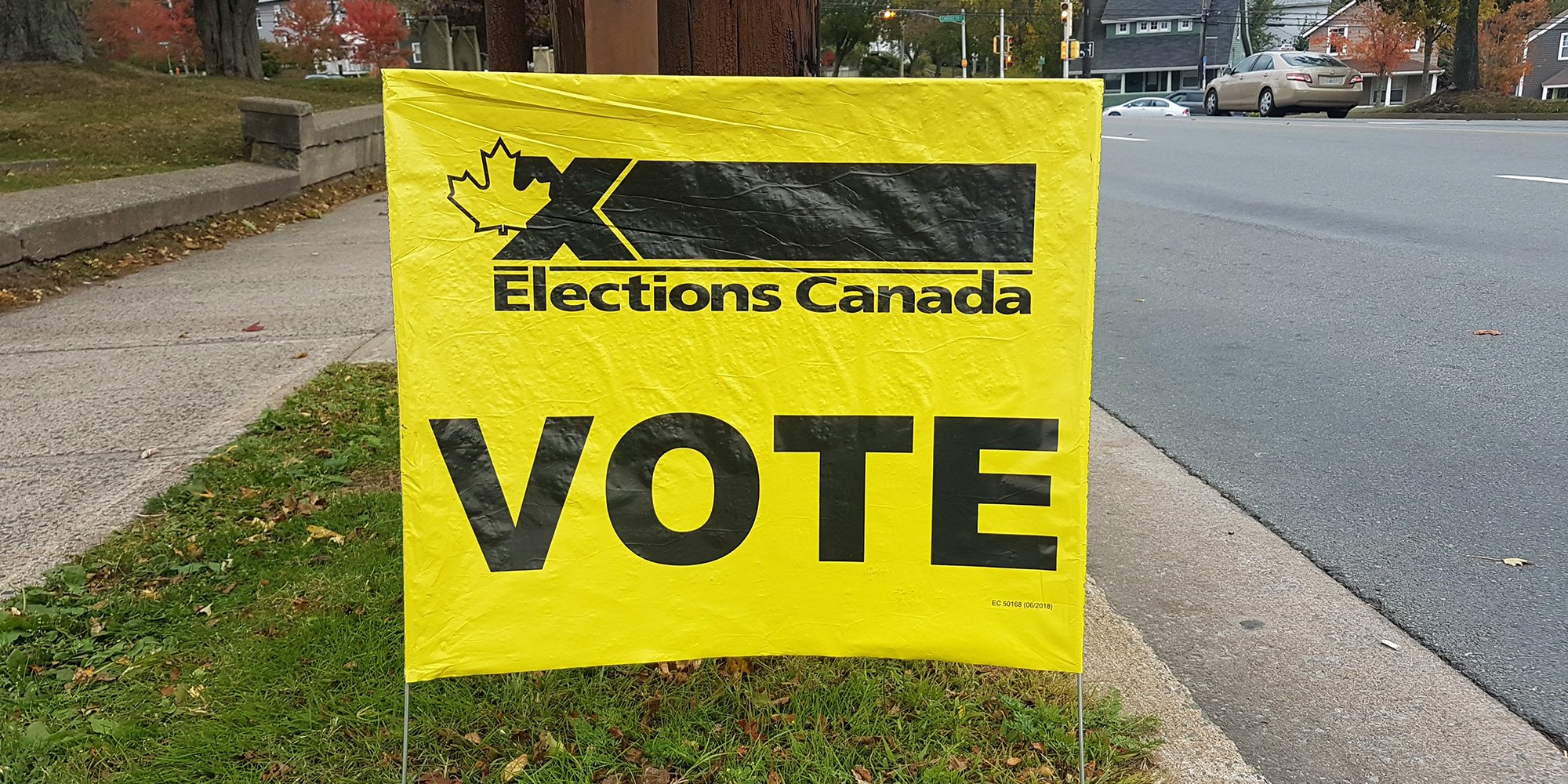21 Things™ You May Not Have Known About the Indian Act
The great aim of our legislation has been to do away with the tribal system and assimilate the Indian people in all respects with the other...

Indigenous nations enjoyed full autonomy over every aspect of their lives for millennia. But, that all began to change in 1867 with the introduction of the Constitution Act, 1867, which, under section 91(24), gave exclusive jurisdiction over “Indians and lands reserved for Indians” to the federal government. In 1876, the federal government introduced the “Act to amend and consolidate the laws respecting Indians,” which became known as the Indian Act, which marked the beginning of the end of Indigenous autonomy.
For the Indian Act to be effectively enforced, the federal government needed to determine the number of Indians now under its jurisdiction. Indian agents and government representatives were dispatched to visit each community to record the population. The agents couldn’t pronounce, let alone spell, traditional names or understand naming protocols, family relationships, or political structures, so they renamed community members and recorded their new names on a list. It was an imperfect process.
The timing of the visit may have coincided with traditional harvesting practices, which meant a good number of people were absent, and it’s unlikely the agent asked if all community members were present. Those absent and not included on the list became non-status by omission, a designation carried on through successive generations. Additionally, some community members objected to having an outside agency compile a list of who their people were, as it was against their traditional kinship rules, so they and sometimes their children joined the ranks of those designated as non-status.
The lists, written in English and naming individuals with their Indian Act names, were publicly posted so community members could see if they were included. As many couldn’t read English, they could not confirm their inclusion.
In 1951, the Indian Act underwent a significant revision, which repealed some of the more socially repugnant policies. At the same time, the Act tightened control of who was and was not considered Indian. Bands lost what power they had over their membership. The Indian Register in Ottawa created and controlled a centralized list of names on band and treaty annuity pay lists. If your name was on that list, you were a status Indian in the eyes of the federal government.
Targeting women for exclusion from status and band membership became extreme in the 1951 amendments. Under Section 12 (1) b, male Indians who married out (married a non-Indigenous woman) kept their status, and their wives and children of that marriage gained status. If an Indian woman married out, she lost her status, her kids and her spouse were denied status, and she and her family had to leave the reserve. If she later divorced or became a widow, she did not regain status, so she was not allowed to return to the reserve, where her family and community lived.
Additionally, prior to the 1985 amendments, non-Indigenous women who married a status Indian man acquired status, as did their children. Under the 1985 amendments, that changed so non-Indigenous women no longer gained status through marriage, but those non-Indigenous women who gained status through marriage prior to 1985, did not lose their status.
Due in part to protests and legal actions by Indigenous women, the Indian Act was overhauled in 1985 in an attempt to redress discriminatory policies and restore status and band membership to those who lost status due to the 1951 amendments. The outcome of these amendments was further identity chaos and discord in families and communities.
If status was not complicated enough, the 1985 amendments took it to a whole new level by creating two tiers of status - those with two parents with status and those with one parent with status. Known as the “second-generation cutoff,” one parent with status could not pass status to their children. Under these rules, the Indian Act was on its way to achieving its ultimate goal.
If we continue to operate with the Indian Act registration system, we are helping the government to get rid of us. It is outright genocide to do this. Only we know who belongs to our First Nations. We need a healthy discussion of good old common sense to make the call as to who belongs. We know our people.
Patrick Wedaseh Madahbee, former Anishinabek Nation Grand Council Chief [Open letter to the Anishinabek Citizens, 2019]
In addition, the 1985 amendments gave the bands the right to create their own membership codes (Section 10 bands) or leave membership regulation with the Indian Registrar (Section 11 bands). The majority chose Section 10.
Deletions and additions
(10) A band may at any time add to or delete from a Band List maintained by it the name of any person who, in accordance with the membership rules of the band, is entitled or not entitled, as the case may be, to have his name included in that list.
[Indian Act (R.S.C., 1985]
The initial membership codes had to be approved by the Indian Register, but the bands could make amendments and add and delete members as they wished, provided the date the person was added or deleted was recorded. Once a band took control of its membership, the federal government had no further interest.
What looked like a return to a semblance of self-governance created avenues for more exclusion, this time by some councils themselves. Because many federal programs provide funding based on the number of status Indians living on reserve, not the number of band members, some codes were written to exclude non-status Indians from having membership. If a person’s name was not included in the Indian Register, they were denied membership in their home community.
Some membership codes limit residency to people with at least two Indigenous great-grandparents, family ties to the community, and passing a language and culture test. Others require proof of fifty percent or more ancestry. Looking at these restrictive criteria through the lens of the generations of people excluded from their community, only a few would gain membership.
A harsh outcome of the restrictive nature of some membership codes excluded many who rightfully belonged to that community.
We argue that while section 10 band membership is an important innovation in band governance, it must also be assessed as a determinant of health that, in some cases, has had long-term effects on those who find themselves caught in the space between membership and belonging. [1]
What was already a complicated mess that reached back through multiple generations, the introduction of Section 10, and bands writing their own membership codes while others stayed the course with the Indian Act, made identification and membership a nightmare.
In 2017, another attempt, Bill S-3, was made to eliminate all remaining gender-based discrimination policies before the creation of the Indian registry in 1951—the removal of what's called the 1951 cut-off. The changes could extend eligibility for Indian status to potentially hundreds of thousands of people by opening up registration to descendants of women who lost their status due to marriage dating back to 1869. In response, some bands rewrote their cultural and funding codes to tighten membership and control a wave of new members.
In 2022, the UN Committee on the Elimination of Discrimination against Women (CEDAW) condemned Canada’s treatment of Indigenous women:
The UN Committee on the Elimination of Discrimination against Women (CEDAW) has called on Canada to fully address the long-standing gender-based discrimination in the country’s Indian Act that continues to affect tens of thousands of descendants of indigenous women today. [2]
To this day, descendants of those excluded who wish to have their status recognized face an imposing process due to generations of gender discrimination, the progressive dismantling of families, and the Indian Act’s rules of exclusion. Generations of women and their descendants have been isolated from their families and communities. Despite many attempts to rectify and simplify registration and reinstatement, there are still more ways to deny than gain status. The discrimination and exclusion from their communities and families is the foundation for the thousands of missing and murdered Indigenous women and girls, and it’s ongoing.
[1] Between Membership & Belonging: Life Under Section 10 of the Indian Act
[2] UN women’s rights committee urges Canada to amend transgenerational discriminatory Indian Act
Featured photo: Cree mothers with their children. Little Pine Reserve, SK. Photo: Library and Archives Canada / Department of Indian Affairs and Northern Development fonds / e011304672 ; Copyright: Government of Canada.

The great aim of our legislation has been to do away with the tribal system and assimilate the Indian people in all respects with the other...

The right to vote, which most Canadians take for granted, was a hard-fought battle for Indigenous Peoples. In most parts of Canada, First Nations...

We identify ourselves in many ways - by gender, generation, ethnicity, culture, religion, profession/employment, nationality, locality, language,...